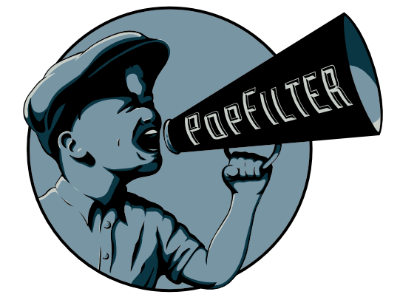Kerri Battles the AFI’s Top 100 – #93: The French Connection
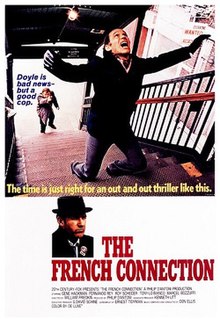
This week’s selection was The French Connection, starring young Gene Hackman and Roy Scheider and ostensibly about some kind of crime involving France. At least, that’s about the extent of what I knew going in to my premier viewing. This is actually another film that I’d like to officially add to the list of Mythical Cryptofilmological Creatures — those movies that everyone name-drops for being amazing and earth-shattering, but no one has actually seen for themselves. Because of this, I didn’t have any kind of preconceived and potentially undeserved expectations I secretly thought it should meet. I was an objective viewer, so when I objectively viewed a guy get shot in the face at point blank range inside of the first 3 minutes, I objectively thought, “Oh. It’s going to be that kind of movie.” About an hour and 40 minutes after that, I objectively thought, “What in the ever-loving fuck did I just watch?” It was, objectively, NOT that kind of movie.
Let me explain the remaining 140 minutes or so just to keep you in the loop. Gene Hackman and Roy Scheider play narcotics officers and partners who have the most collars in the department mainly because it’s the 70s and, if they arrest anyone that’s alive in New York, they’re likely to get something that will stick, even if it’s just a bellboy with 3 joints in his sock. Drunk at a club one night, Gene Hackman’s character, POPEYE DOYLE, decides that a table of high rollers dropping $100 bills as tips is probably actually a table of drug dealers because he’s a literal narc, so of course they are. Popeye and his partner, Buddy Russo, tail one of these guys and, through a really mundane montage of stakeout and surveillance scenes, discover that, while this guy might be a meager shopkeep on paper, he actually has a French Connection to the supposed. This takes about 25 minutes. The next hour or so is spent watching Popeye and Buddy very conspicuously follow the shopkeep and “Frog #1” as they do incredibly suspicious things like shop in New York and have expensive lunches. There is one very impressive chase scene and an apparent magic bullet that can kill people both in and behind its line of fire. Ultimately, the whole film wraps up with Popeye accidentally shooting an assisting fed and reacting to his mistake by reloading his revolver as the screen fades to black. It is only via text imposed over still photos like the epilogue of a Lifetime movie that we learn that Frog #1 succesfully escaped back to France to live the rest of his days in peace with his mountains of ill-gotten gains.
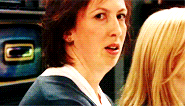
They lost me the first time someone called Gene Hackman “Popeye.”
The movie poster refers to The French Connection as “an out and out thriller.” Correct me if I’m wrong, but dubbing something a “thriller” usually implies some level of suspense. In fact, I think by definition, a thriller is supposed to leave you anxiously hovering on the edge of your seat. There is, in fact, nothing suspenseful about watching Gene Hackman stomp his feet in the cold and inspect the snot he just wiped from his nose while his mark enjoys a 4 course meal in the restaurant across the street. There is nothing suspenseful about a 15-minute long scene in which Gene Hackman and an aging police mechanic destructively dismantle a suspected “dirty” car piece by tedious piece in search of drugs they just can’t find until, hours in and with the owners trying to retrieve the vehicle from police impound, the aging mechanic mentions that he looked everywhere except what seems to be, in hindsight, the perfect place to smuggle drugs in a car. In fact, the only suspense I felt during the entirety of this movie was when the car was released from impound to the French drug smugglers. At any moment, they were bound to notice that the driver’s seat was loose or that the carpeting had been torn to tatters when it was ripped up or that the upholstery had been sliced to bits. Spoiler alert! They didn’t notice a god damned thing.
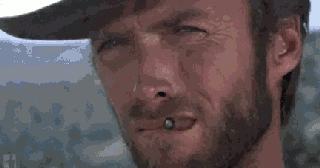
Guys … the spent hours demolishing your car … and apparently minutes putting it back together … and you don’t notice ANYTHING a little off?
The movie poster also claims that Doyle is a good cop. I’d like to know how they’re defining “good cop” when making this claim because I think my definition may differ somewhat. Hackman’s character is a racist and brutal cop with little concern for “the book” or “procedure.” At one point, he and Sonny toss a bar for drugs and threaten its patrons in order to gain totally reliable information on their case. During this scene, Popeye takes a mix of all the drugs he’s confiscated, shakes them up in a tumbler with some beer, and, in the most menacing tone he can muster, offers everyone in the joint a milkshake while pouring the contents of the tumbler out on the bar. It is quite possibly one of the least intimidating displays I have ever witness. It’s probably meant to be scary and confusing but, really, all he succeeded in doing was ruining improperly collected evidence that never would have held up in trial anyway. Later, there’s a scene in the subway where it becomes apparent that Popeye has been made by Frog #1 and it’s no fucking wonder. Popeye has spent days standing conspicuously across the street from the man’s hotel, just staring, or conveniently and blatantly staring through the other side of a shop window at his mark. He even hops on and off a subway car in pursuit of The Frog without realizing that The Frog is blatantly mocking his bush-league attempts at subterfuge. All of this, of course, doesn’t even touch the fact that Popeye shot a fed in the chest 6 times and shot a fleeing suspect in the back in broad daylight at a crowded El station.
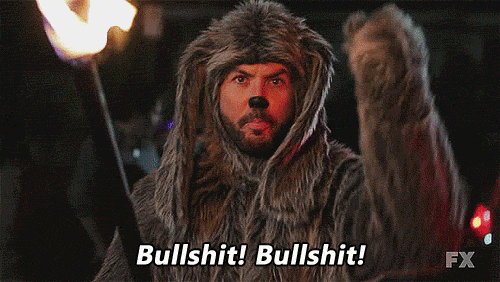
What the movie poster doesn’t tell you, though, is that the entire film was shot guerilla style with relatively cutting edge documentarian technology for 1971. It doesn’t tell you that there isn’t one paid extra in the film; everyone you see is just a regular New Yorker trying to go about their business. It doesn’t tell you that the single most impressive scene in the movie — the scene in which Gene Hackman weaves a 70s muscle car in and out of aggressive traffic under a train trestle as he attempts to follow the El on its tracks — was shot by sticking Gene Hackman in a 70s muscle car and telling him to drive it in and out of aggressive traffic under this train trestle. It doesn’t tell you that what we see in 2014 as amateur unsteady camera work was considered, in 1971, to be gritty and edgy. The movie poster also doesn’t tell you that The French Connection was a part of a film movement that was intentionally antithetical to the big-budget and carefully planned epics of the 50s and 60s. For that alone, it probably deserves the recognition of getting a spot on the AFI’s list. Still, I wouldn’t recommend it for regular viewing. — KS
